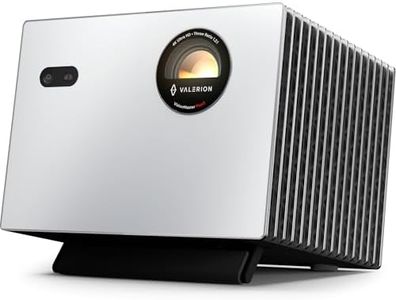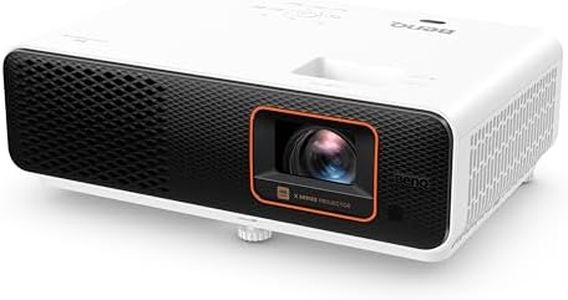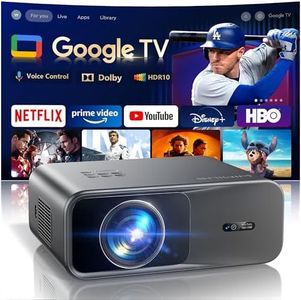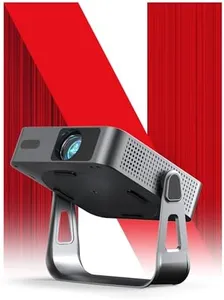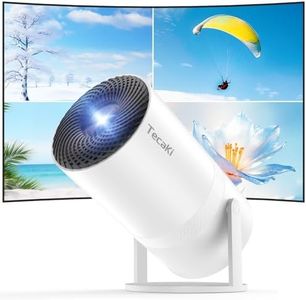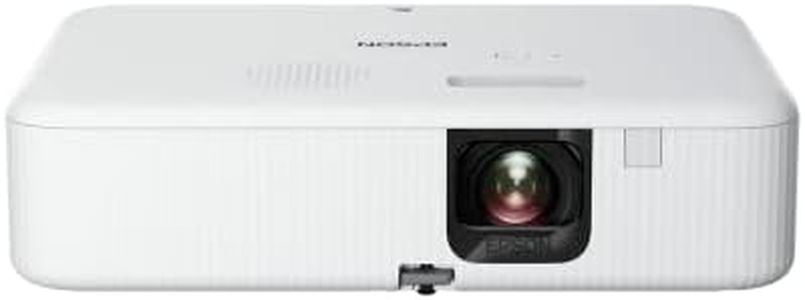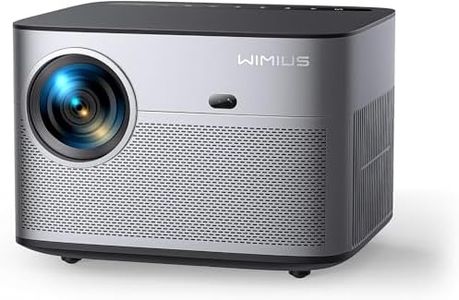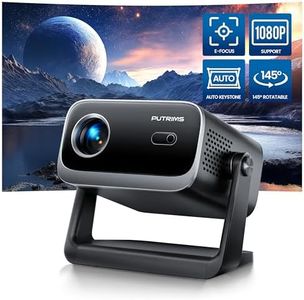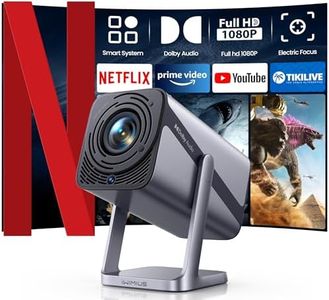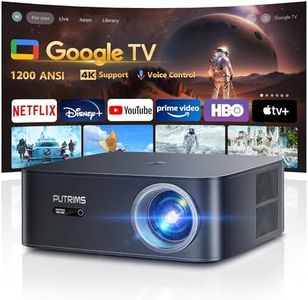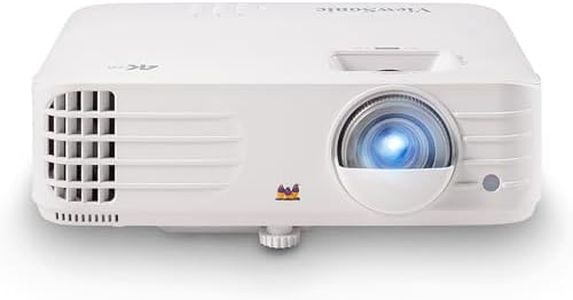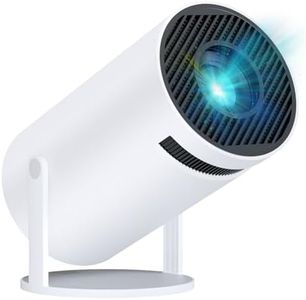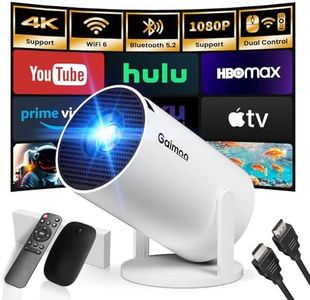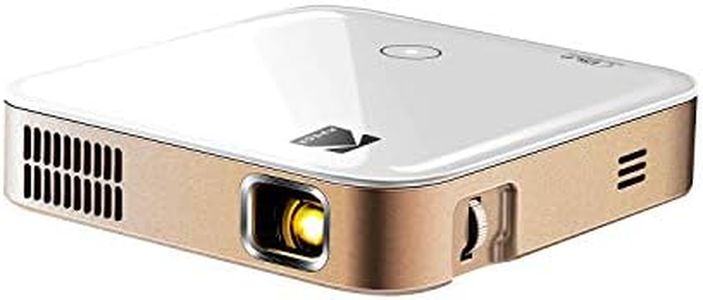We Use CookiesWe use cookies to enhance the security, performance,
functionality and for analytical and promotional activities. By continuing to browse this site you
are agreeing to our privacy policy
10 Best Projector Under 100
From leading brands and best sellers available on the web.Buying Guide for the Best Projector Under 100
When looking to buy a projector in the very affordable price segment, it's important to remember that while you might not be getting the most advanced features, you can still find a device that meets your basic needs. The goal should be to prioritize the specs that align best with how you plan to use the projector—whether it's for casual movie nights, sharing presentations, or some light gaming. Being clear about where and how often you'll use the projector will help you balance between different features, since inexpensive models usually have to make compromises somewhere.ResolutionResolution tells you how sharp and clear the image will be when projected. Most entry-level projectors can be found with native resolutions like 480p (854 x 480), 720p (1280 x 720), or sometimes 1080p (1920 x 1080), although true 1080p is rare at the lowest prices. Lower resolution means the image might look fuzzy, especially if you try to make it large, while higher resolution means more detail. Choose higher resolution if you plan to watch movies or show pictures and want things to look crisp, but for basic presentations or casual viewing, lower resolutions may be fine.
Brightness (Lumens)Brightness, measured in lumens, describes how well the projector will perform in different lighting conditions. With low-cost projectors, brightness usually ranges from 100 to 2000 lumens. Lower values work only in very dark rooms, while higher values let you use the projector with some ambient light. If you want to use the projector during the day or in rooms that aren’t pitch black, go for a higher lumen rating. For nighttime movie viewing in a dim room, lower brightness may be sufficient.
Contrast RatioContrast ratio defines the difference between the darkest black and the brightest white the projector can display. A higher contrast ratio helps produce more vivid images with better color separation, which is noticeable when watching movies or playing games. Projectors in this price range often advertise high ratios, but in reality, the impact is less pronounced, so it’s a lower priority unless you are particular about color richness and dark scenes.
Throw Distance and Image SizeThrow distance is how far you need to place the projector from the wall to get a certain image size. Compact projectors may only deliver a good, clear image at specific distances. The image size usually ranges from 30 inches up to 150 inches, but image quality drops on very large sizes. Think about the size of your space and where you’ll place the projector—if you have a small room, choose a model that produces a big image in a short throw distance.
ConnectivityConnectivity covers all the ports and wireless features available on the projector. Common options include HDMI, USB, and sometimes AV or SD card input. The right choice depends on what devices you'll use: HDMI is ideal for laptops and streaming devices, while USB might come in handy for media files on flash drives. Wireless connections like Wi-Fi or Bluetooth are very rare at this price point. Pick a model that supports connections for your primary sources.
Built-in SpeakersMany affordable projectors come with built-in speakers, but they’re often small and not very powerful. If you care about audio, pay attention to the wattage or look for a projector with an audio-out port so you can add external speakers. If quiet or personal viewing is fine, a basic built-in speaker may suffice.
PortabilityPortability refers to the size and weight of the projector. Compact and lightweight models are easier to carry between rooms or take outdoors, while larger ones might offer slightly better performance but are less convenient to move. If you plan to carry your projector around a lot, prioritize smaller models, but for a fixed setup, size isn’t as important.
